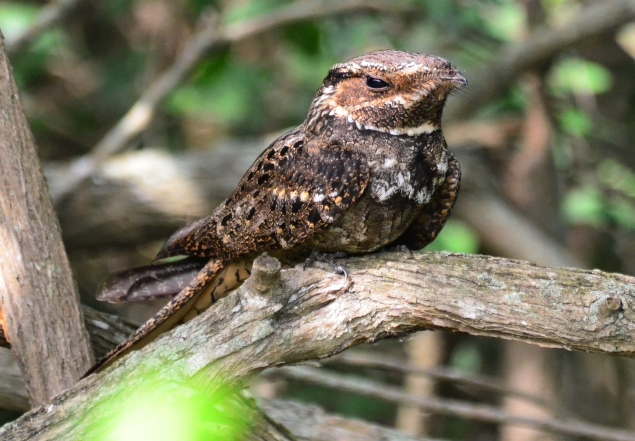The birds are just chugging through South Texas now...anything and everything seems to be showing up. My sense of birding FOMO is growing quite acute, although my obsessive monitoring of the weather makes me not worried that I'll be missing a fallout anytime soon. Right. I was lucky enough to come across some cooperative Yellow-billed Cuckoos last weekend. Usually shy and reclusive, the cuckoo does not always stick to it's reputation in the company of one #7 birder.
I could get used to hanging out with stationary cuckoos. I feel like they do this a lot. I wonder what these birds mull over when not migrating or casually decimating tent caterpillar colonies.
Scarlet Tanagers are also moving through now, with reckless abandon. Birders are getting blinded left and right...many will never be able to see color again. I swear there is nothing redder than a male Scarlet Tanager. A cardinal appears dull and lifeless in comparison.
The notorious threat posture of the male Scarlet Tanager is enough to make anyone weak in the knees.
Drab birds want to be crushed too. Here is a female Scarlet Tanager. Note the short, grayish bill and contrasting dark wings, which help set them apart from female Summer Tanagers. They actually remind me of female Painted Buntings a little bit.
This is the one and only Veery I've seen this year. On the day I saw it, it was constantly foraging way out in the open. Very few people seemed to notice it though, although it seemed to be begging for the attention of all birders and photographers in the area. Pro tip from #7: if you want to avoid the hordes of birders and photographers at South Padre Island, watch brown birds.
See? Begging for attention. The descending, ethereal song of the Veery is one of my favorites by the way...if you've never heard one, be assured that you are poorer for it.
Although gifted with a Veeryish voice, the song of the Swainson's Thrush doesn't compare. No offense Swainson's Thrush.
I do enjoy Swainson's Thrushes...they are a fun bird to study, and relatively variable. The birds here are much drabber than those of the west coast, but still have a lot of color in the face. And yes, I have seen a couple Gray-cheeked already this spring.
There are piles of Indigo Buntings out on South Padre right now. Talk about facemelting. I'm not really accustomed to crushing helpless birds like this but I'm not complaining. If Scarlet Tanager owns the color red, Indigo Bunting has mastered the color blue.
There are often a pleasant number of birds around. Sometimes there are hella. This is hella. Here are Indigo Buntings, Orchard and Baltimore Orioles.
Dickcissel has arrived!!!! Before this year I've only seen them as vagrants in California. Now I feel like a non-vagrant Dickcissel veteran...I've seen some big flocks on SPI. I'm still trying to make sense of their face and breast pattern...its complicated. Their distinctive, fart-like calls easily give them away as flyovers.
Franklin's Gulls are still coming north in big numbers. Note the limited black visible in the underwing, and obvious white primary tips, which help differentiate it from Laughing Gull. Of course, Laughing Gulls do not have pink bellies.
The other day I went out after some north winds had been blowing, hoping for more migrants putting down than usual. While there was no fallout, there were thousands of Franklin's Gulls around the convention center. Here is a chunk of the big roosting flock.
The Global Birder Ranking System has subsequently informed me that being in the presence of so many Franklin's Gulls has awarded me +8 points. Not a bad way to level up. All photos in today's post were taken on South Padre Island, TX.


























































